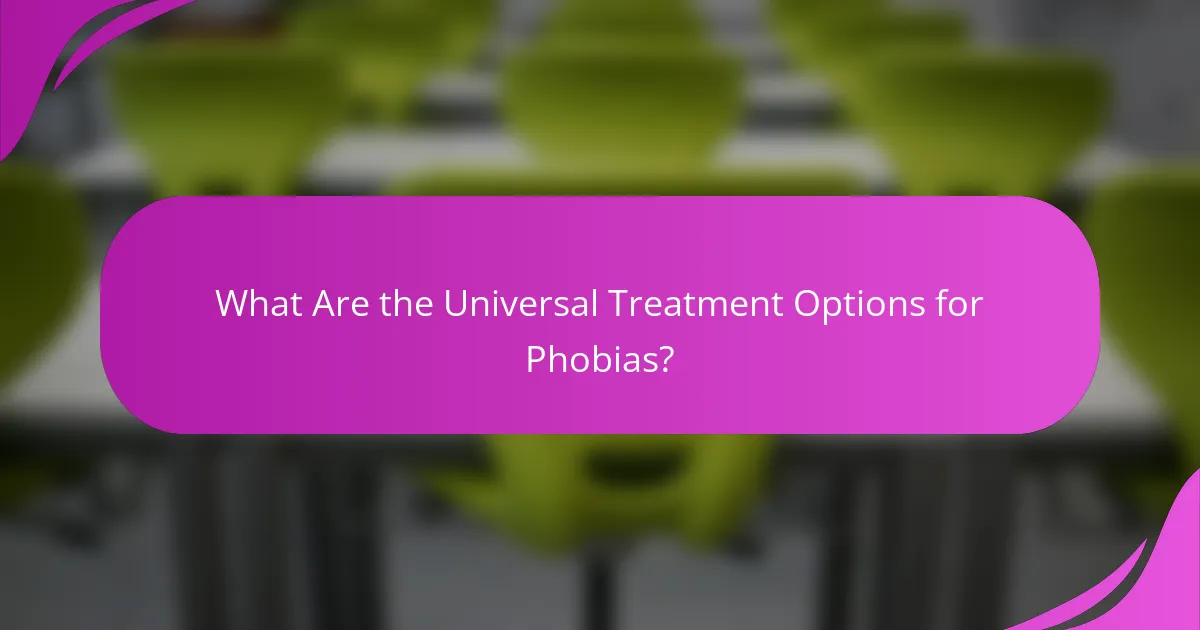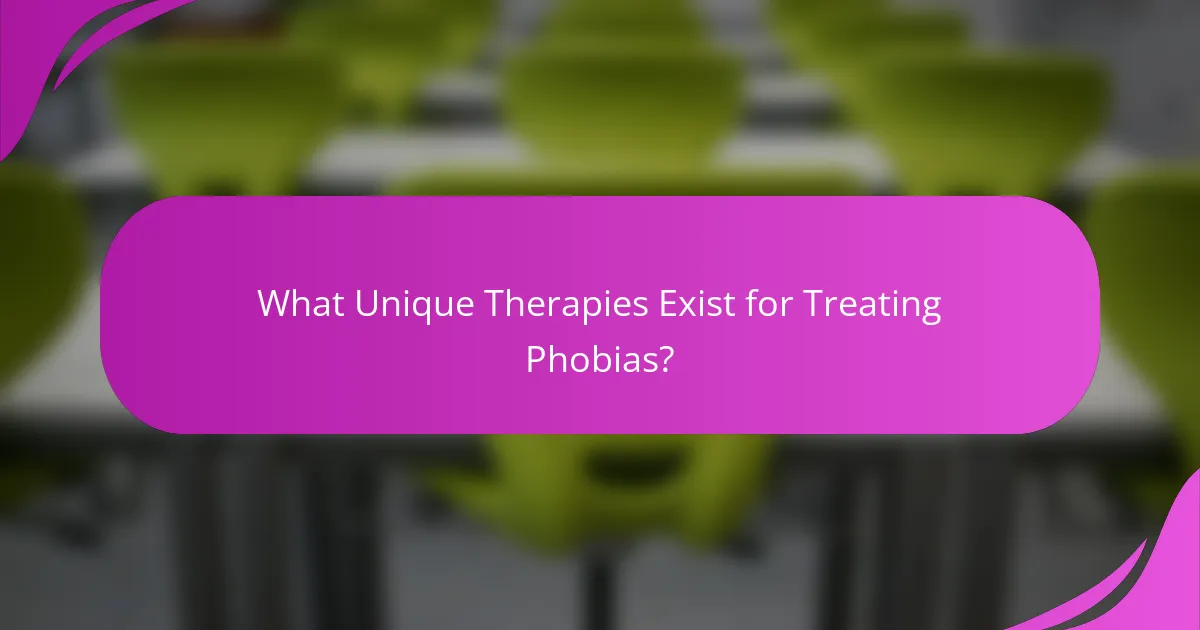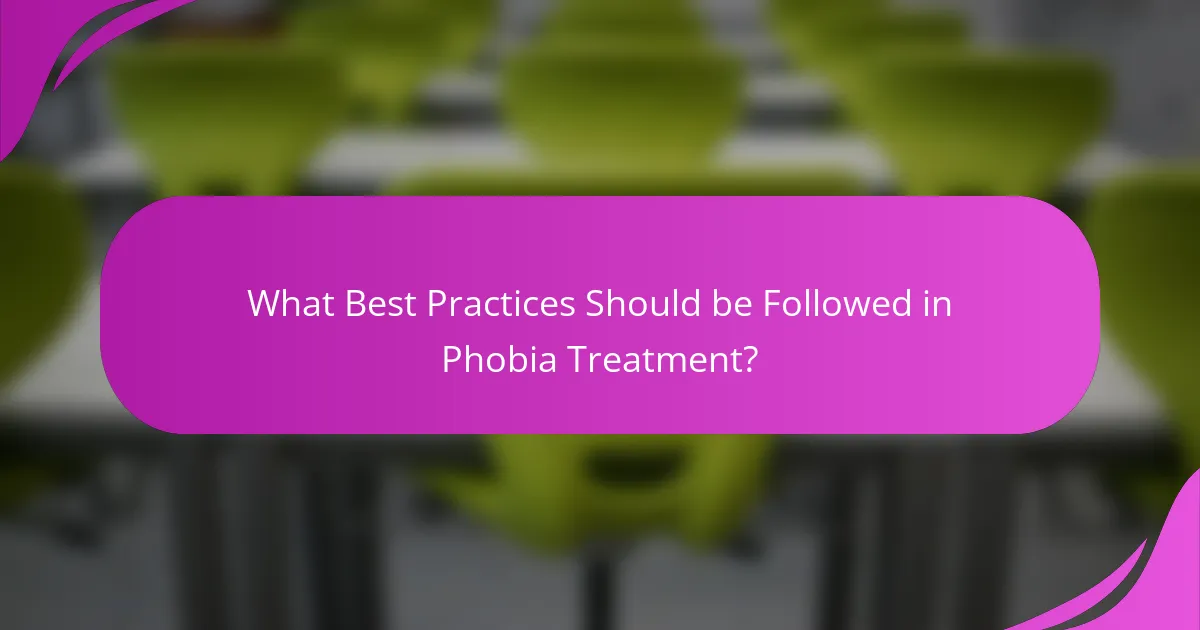Irrational fears, known as phobias, can significantly impact daily life. This article explores phobia symptoms, causes, and various treatment options. Understand the role of genetics and trauma in developing these fears. Discover effective therapies like cognitive-behavioral therapy and exposure therapy, along with emerging innovative approaches.

What are Phobias and How Do They Manifest?
Phobias are irrational fears that can lead to significant anxiety and avoidance behavior. They manifest through physical symptoms like sweating, rapid heartbeat, and panic attacks, often triggered by specific objects or situations. Common causes include genetics, traumatic experiences, and learned behaviors. Treatment options range from cognitive-behavioral therapy to exposure therapy and medication, effectively reducing symptoms and improving quality of life.
What are the Common Symptoms of Phobias?
Common symptoms of phobias include intense anxiety, rapid heartbeat, sweating, trembling, and avoidance behavior. Individuals may experience panic attacks when confronted with the phobic stimulus. These symptoms can vary in severity and may lead to significant distress or impairment in daily functioning. Recognizing these symptoms is crucial for effective treatment options.
How Do Phobias Differ from General Anxiety?
Phobias are specific, intense fears of particular objects or situations, while general anxiety is a broader, persistent worry. Phobias can trigger panic attacks and avoidance behaviors, often leading to significant impairment in daily life. General anxiety is characterized by excessive worry about various aspects of life without a specific trigger. Treatment options for phobias often include exposure therapy and cognitive behavioral therapy, whereas general anxiety may require a combination of therapy and medication. Understanding these differences is crucial for effective treatment and management.

What Causes Phobias to Develop?
Phobias develop due to a combination of genetic, environmental, and psychological factors. Traumatic experiences often trigger irrational fears, while learned behaviors from parents or peers can reinforce them. Stress and anxiety can also exacerbate these fears, leading to heightened responses. Understanding these causes helps in developing effective treatment options.
What Role Does Genetics Play in Phobia Formation?
Genetics significantly influences phobia formation by predisposing individuals to irrational fears. Research indicates that genetic factors can account for about 30-40% of the risk for developing anxiety disorders, including phobias. Specific genes related to neurotransmitter systems, such as serotonin and dopamine, may affect emotional regulation and fear responses. Environmental factors interact with genetic predispositions, resulting in unique phobia manifestations. Understanding these genetic links can enhance treatment approaches, tailoring interventions to individual needs.
How Do Environmental Factors Influence Phobias?
Environmental factors significantly influence phobias by shaping individual experiences and responses. Factors such as traumatic events, cultural background, and social environment can trigger or exacerbate irrational fears. For example, a person exposed to a traumatic incident involving heights may develop acrophobia. Additionally, learned behaviors from family or peers can contribute to the development of specific phobias. The interplay between these environmental influences and personal history often determines the severity and persistence of phobias. Understanding these factors is crucial for effective treatment options, which may include therapy and exposure techniques.
What Unique Experiences Contribute to Specific Phobias?
Unique experiences such as traumatic events, learned behaviors, and cultural influences contribute to specific phobias. Traumatic incidents, like a dog bite, can instill a lasting fear of dogs, known as cynophobia. Learned behaviors from parents or peers can also shape fears; for instance, a child may develop a fear of heights if a parent exhibits anxiety in high places. Cultural factors can further influence phobias; certain societies may emphasize fears related to specific animals or situations. Understanding these unique experiences helps in identifying and treating phobias effectively.

What Are the Universal Treatment Options for Phobias?
Cognitive-behavioral therapy (CBT) is the most effective universal treatment option for phobias. Other options include exposure therapy, medication, and mindfulness techniques. CBT focuses on changing negative thought patterns and behaviors associated with phobias. Exposure therapy gradually exposes individuals to their fears, reducing anxiety over time. Medications, such as antidepressants or anti-anxiety drugs, may help manage symptoms. Mindfulness techniques encourage present-moment awareness, aiding in anxiety reduction. Each treatment option can be tailored to individual needs for optimal results.
How Effective is Cognitive Behavioral Therapy for Phobias?
Cognitive Behavioral Therapy (CBT) is highly effective for treating phobias. Research indicates that 70-90% of individuals experience significant symptom reduction after CBT. This therapeutic approach addresses irrational fears by modifying negative thought patterns and behaviors associated with phobias. Techniques like exposure therapy within CBT help patients confront their fears gradually, leading to desensitization. As a result, CBT not only alleviates anxiety but also equips individuals with coping strategies for future encounters with feared stimuli.
What Medication Options are Commonly Prescribed?
Commonly prescribed medications for phobias include selective serotonin reuptake inhibitors (SSRIs), benzodiazepines, and beta-blockers. SSRIs such as fluoxetine and sertraline help manage anxiety symptoms. Benzodiazepines offer short-term relief but carry a risk of dependence. Beta-blockers, like propranolol, can reduce physical symptoms of anxiety during specific situations. Each medication option has unique attributes regarding effectiveness and side effects, making it essential to consult a healthcare professional for personalized treatment plans.

What Unique Therapies Exist for Treating Phobias?
Unique therapies for treating phobias include exposure therapy, cognitive-behavioral therapy, and virtual reality therapy. Each approach addresses irrational fears through different methodologies.
Exposure therapy gradually exposes individuals to their fears, helping them build tolerance. Cognitive-behavioral therapy focuses on changing negative thought patterns related to phobias. Virtual reality therapy immerses patients in controlled environments to confront fears safely.
These therapies can significantly reduce symptoms, improving overall quality of life for those affected by phobias.
How Does Exposure Therapy Work for Phobia Treatment?
Exposure therapy effectively treats phobias by gradually exposing individuals to their fears in a controlled environment. This method allows patients to confront and process their irrational fears, reducing anxiety over time. The therapy typically involves several stages, starting with less intimidating scenarios and progressing to more challenging situations.
Research shows that exposure therapy can lead to significant improvements in symptoms, with many patients experiencing a marked reduction in fear responses. This approach is grounded in cognitive-behavioral principles, helping individuals reframe their thoughts about feared objects or situations.
In conclusion, exposure therapy offers a structured, evidence-based treatment option for phobia management, promoting lasting change through repeated exposure and cognitive restructuring.
What is the Role of Virtual Reality in Phobia Treatment?
Virtual reality plays a significant role in phobia treatment by providing immersive exposure therapy. It allows patients to confront their fears in a controlled environment, leading to desensitization. Studies show that virtual reality can effectively reduce symptoms of various phobias, including heights and spiders. This innovative approach enhances traditional therapy methods, offering a unique attribute of personalized experiences based on individual fears. As a result, patients often report increased confidence in managing their phobias outside the virtual environment.

What Rare Treatment Approaches are Emerging for Phobias?
Emerging rare treatment approaches for phobias include virtual reality therapy, psychedelic-assisted therapy, and neurofeedback. These methods offer innovative ways to address irrational fears by enhancing traditional therapies. Virtual reality therapy immerses patients in controlled environments, allowing them to confront fears gradually. Psychedelic-assisted therapy shows promise in altering emotional responses to fear through substances like psilocybin. Neurofeedback trains individuals to regulate their brain activity, potentially reducing anxiety associated with phobias. These approaches represent a shift towards more personalized and effective treatment options for those struggling with irrational fears.
How Can Mindfulness Techniques Aid in Managing Phobias?
Mindfulness techniques can significantly aid in managing phobias by promoting relaxation and reducing anxiety. These practices help individuals gain control over their thoughts and emotions, enabling them to confront their fears more effectively. Techniques such as deep breathing, meditation, and grounding exercises create a sense of calm, making exposure to phobic stimuli less overwhelming. As a result, mindfulness can enhance coping strategies and improve overall emotional resilience in the face of irrational fears.
What Innovative Therapies are Being Explored in 2025?
Innovative therapies for irrational fears in 2025 include virtual reality exposure therapy, cognitive behavioral therapy enhancements, and psychedelic-assisted therapy. Virtual reality allows for controlled exposure to phobias, while advancements in cognitive behavioral techniques improve treatment effectiveness. Psychedelic substances show promise in reducing anxiety and fear responses.

What Best Practices Should be Followed in Phobia Treatment?
Effective phobia treatment involves several best practices. First, establish a trusting relationship between the therapist and the patient. Next, utilize evidence-based therapies, such as cognitive-behavioral therapy (CBT), which helps patients reframe negative thoughts. Gradual exposure to the feared object or situation is crucial, allowing patients to confront fears in a controlled manner. Incorporating relaxation techniques, such as deep breathing or mindfulness, can reduce anxiety during treatment. Regularly assess progress and adjust treatment plans as necessary to ensure optimal outcomes. Finally, educate patients about their phobia to empower them and reduce stigma.
How Can Individuals Support Themselves Through Phobia Treatment?
Individuals can support themselves through phobia treatment by actively engaging in therapy, practicing coping strategies, and maintaining a supportive environment. Seeking professional help is crucial for understanding symptoms and causes of phobias. Cognitive-behavioral therapy (CBT) is a common treatment option that helps individuals confront fears gradually. Self-help techniques, such as mindfulness and relaxation exercises, can also alleviate anxiety. Building a support network of friends or family enhances the treatment process, providing encouragement and understanding. Regularly tracking progress can reinforce positive changes and motivate continued effort.
What Common Mistakes Should be Avoided in Phobia Management?
Avoiding common mistakes in phobia management is crucial for effective treatment. Key errors include minimizing the phobia, neglecting to seek professional help, and using avoidance as a coping mechanism. These mistakes can exacerbate symptoms and hinder progress. Failing to develop a structured exposure plan can also lead to ineffective management. Additionally, overlooking the importance of support systems and self-care can impede recovery. Recognizing these pitfalls is essential for successful phobia management.



